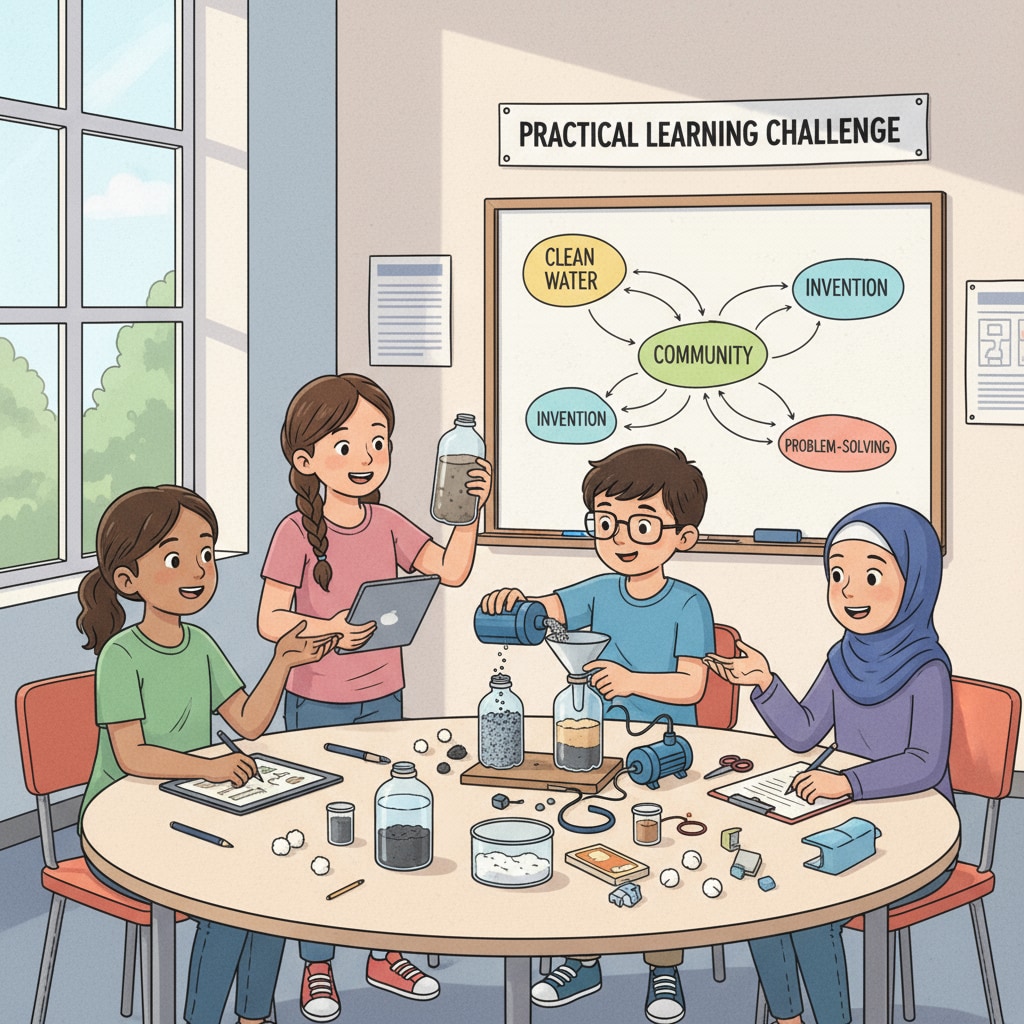Entrepreneurial spirit, education reform, and practical learning are crucial elements in revolutionizing K-12 education. The current educational system, heavily reliant on textbooks and standardized tests, falls short in nurturing students’ true entrepreneurial capabilities. It’s high time we explore ways to integrate entrepreneurial thinking into every aspect of K-12 education, enabling students to develop innovative skills and resilience by solving real-world problems, thus preparing them for the future society.

The Flaws of the Current K-12 Education System
The existing K-12 education system has long adhered to traditional teaching methods. Textbooks are the primary source of knowledge, and standardized tests are used to measure students’ learning outcomes. However, this approach often stifles creativity and critical thinking. For example, students are taught to memorize facts rather than understand concepts deeply and apply them in practical situations. As a result, they lack the skills needed to be entrepreneurs, such as problem-solving, risk-taking, and innovation. According to Britannica’s education resources, the overemphasis on rote learning has limited students’ ability to adapt to the rapidly changing demands of the modern world.
The Importance of Incorporating Entrepreneurial Spirit in K-12
Integrating entrepreneurial spirit into K-12 education is essential for several reasons. Firstly, it helps students develop a growth mindset. When students are exposed to entrepreneurial challenges, they learn that failure is not the end but an opportunity to learn and grow. Secondly, it nurtures creativity. Entrepreneurs are often creative thinkers who come up with unique solutions to problems. By encouraging students to think entrepreneurially, we can stimulate their creativity. Moreover, it equips students with practical skills such as communication, teamwork, and leadership. As stated on Wikipedia’s entrepreneurship education page, entrepreneurship education at an early age can have a profound impact on students’ future success.

To effectively incorporate entrepreneurial spirit into K-12 education, we need to focus on practical learning. This can be achieved through various means. For instance, project-based learning can be introduced. Students can work on real projects that require them to identify problems, develop solutions, and implement them. Another approach is to organize internships or mentorship programs. Students can gain hands-on experience by working with entrepreneurs or professionals in the field. Additionally, schools can host entrepreneurship competitions to encourage students to showcase their innovative ideas.
Readability guidance: By using short paragraphs and lists, we can clearly summarize the key points. Each H2 section provides a list of relevant ideas. We also control the proportion of passive voice and long sentences. Transition words like “however,” “therefore,” “in addition,” “for example,” and “as a result” are used throughout the article to enhance readability.


